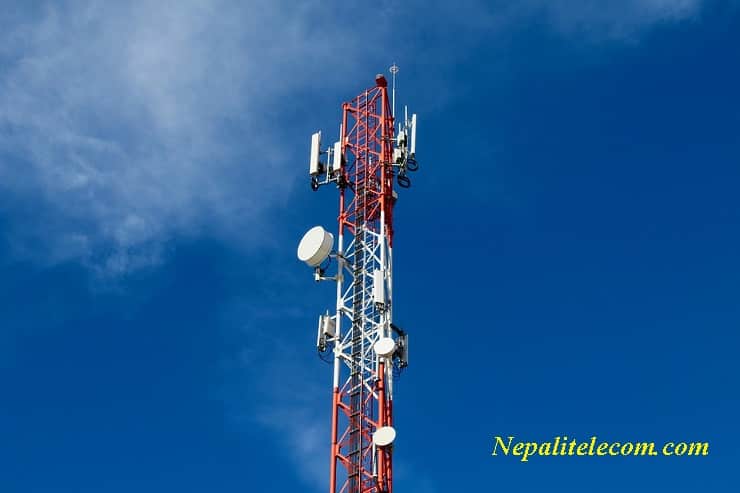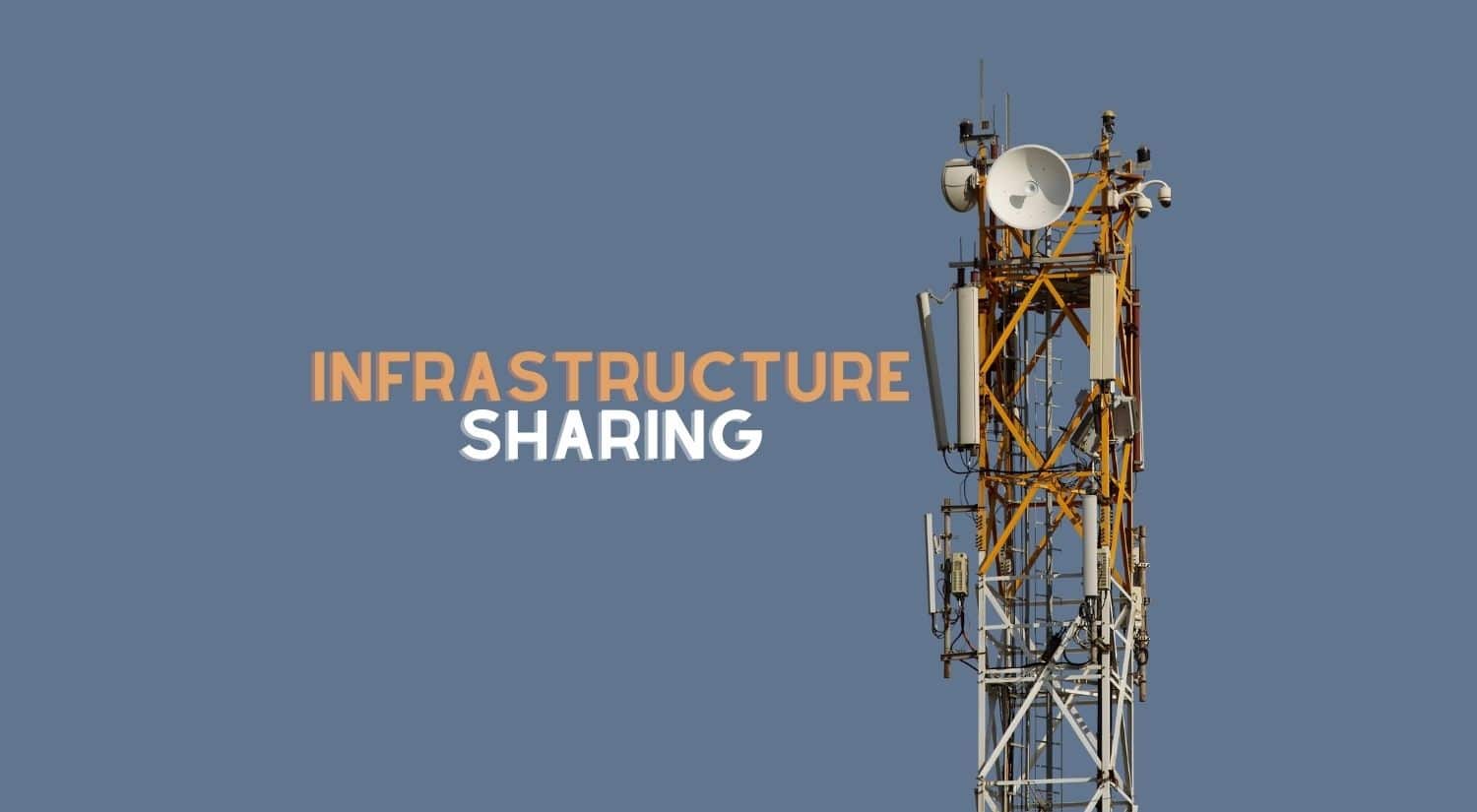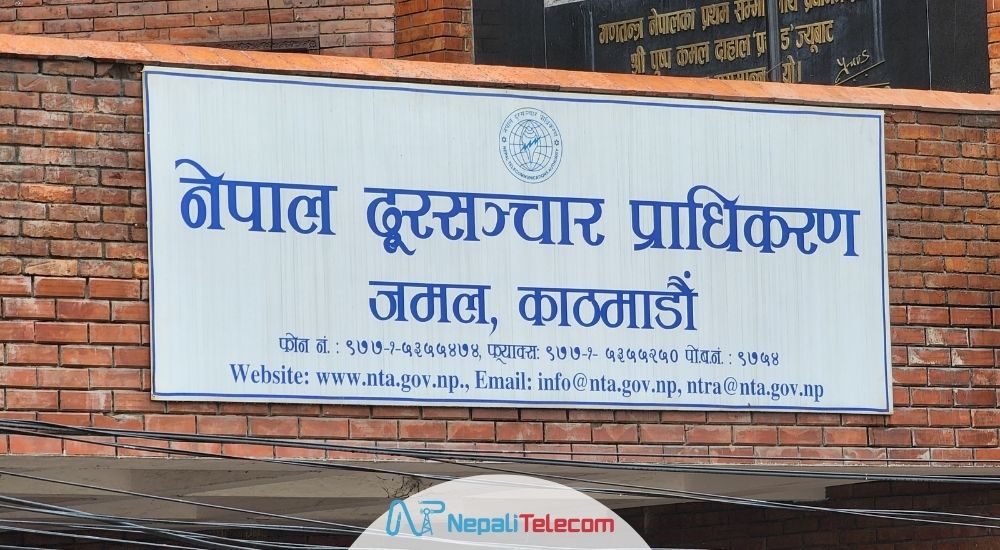Nepal Telecommunication Authority (NTA) has recently introduced a new Infrastructure Sharing and it’s price determination bylaw 2078, applicable to all telecommunication service providers in Nepal. Further, the main objective of the regulation is to help reduce the unnecessary redundant investment in Telecommunication Infrastructure, resulting in lowering the service tariff.
NTA approved the Regulation on July 13th, 2021, which is also likely to help operators expand the services promptly and make it accessible for all. Similarly, it will help conserve the environment and beautify the urban area of the country.
Check out: NTA Implements Cyber Security Bylaw 2077 for Cybersecurity Standards
Conditions in the Infra Sharing Regulation 2078
It is not the first time that the Nepal Government has made Infrastructure sharing mandatory. Previously a provision was passed, but the lack of systematic approach and price determination never kick-started the project.
The feeling this time around is positive as the NTA is determined to make this project a success. The newly introduced rule has strictly made it clear that the service providers must operate within the conditions and prices set by the government.
The regulation can also be seen as a game-changer in the telecommunication sector. Companies who previously rarely shared the infrastructure have to now share them and make the best use of existing telecom infrastructures.
With the bylaw in effect, a service provider cannot reject or delay the sharing request from others.
According to the infrastructure sharing bylaw, if a service provider requests infrastructure, it should be addressed in the ‘first come first serve’ manner. Similarly, the infrastructure provided for sharing should come into use within 3 months from the date of the agreement. Otherwise, the agreement will be cancelled.
Likewise, the company cannot lease the infrastructure taken for sharing to another company/service providers.
Do Read: NTA Prepares National Frequency Strategy

Prices and Charges for infrastructure Sharing In Nepal
Distinguished in terms of Fiber Optic Network, Wireless network, and tower/shelter, the directive provides a total of 18 telecommunication Infrastructures for sharing that includes fiber port, OLT port, dark fiber, point-to-point data, wireless SM, and AP B/W. The bylaw currently envisions of sharing passive infrastructure only.
Furthermore, NTA has set maximum threshold price per month for the service providers to share the infrastructure. They need to operate within the boundaries of the pricing set by NTA. However, two or more operators can negotiate for price below the threshold and inform it to NTA within 15 days of the agreement.
The changes in the price of the service vary in terms of the medium used. Sharing an Optical fiber with fiber port will cost Rs. 220 (max) for RTDF funded project whereas, it costs Rs. 315 on the service providers own network.
Similarly, on Wireless Network, the cost mentioned is Rs 220.5 for the use of Wireless SM on RTDF funded network the price will be Rs. 315 on the provider’s own network. In terms of Tower sharing, the prices are Rs. 15820 for RTDF funded network and Rs. 22600 in the service providers own network.
As RTDF projects have taken some subsidies from the government, NTA puts a lower threshold for the sharing.
Don’t Miss: NTA to implement Internet content filtering
Here are the price of the different infrastructures for Optical Fiber network, Wireless network, and Tower/shelter/building/land, as per NTA bylaw.
| S.N. | Infrastructure for sharing | Price for RTDF funded Project | Cost for Service provider’s own network |
| 1 | Fiber Port Charge per port | Rs. 220 | Rs. 315 |
| 2 | OLT Port B/W per Mbps (1-100Mbps) | Rs. 0.56 | Rs. 0.8 |
| 3 | Dark Fiber lease ADSS per Km per Core | Rs. 630 | Rs. 900 |
| 4 | Dark Fiber lease UG per Km per Core | Rs. 840 | Rs. 1200 |
| 5 | Dark Fiber lease Figure-8 per Km per Core | Rs. 420 | Rs. 600 |
| 6 | Point to Point Data per Mbps/Km (upto 100Mbps) | Rs.0.84 | Rs. 1.2 |
| 7 | Point to Point Data per Mbps/Km (100Mbps -500 Mbps) | Rs. 0.70 | Rs. 1.0 |
| 8 | Point to Point Data per Mbps/Km (500 MBps- 1 Gbps) | Rs 0.56 | Rs. 0.8 |
| 9 | Point to Point Data per Gbps/Km (1 Gbps -5 Gbps) Rs. 115.5 Rs. 165 Point to Point Data per G | Rs. 115.5 | Rs. 165 |
| 10 | Point to Point Data per Gbps/Km (5 Gbps -10 Gbps) | Rs. 115.5 | Rs. 165 |
| 11 | Point to Point Data per Gbps/Km (Above 10Gbps) | Rs. 101.5 | Rs. 145 |
| 12 | Lambda lease up to 10 Gbps (per Km) | Rs 101.5 | Rs. 145 |
| 13 | Wireless SM Charge per port | Rs. 220.5 | Rs. 315 |
| 14 | AP B/W per Mbps (1-5Mbps) | Rs. 9.1 | Rs. 13 |
| 15 | Point to Point Data per Mbps/Km (1-10Mbps) | Rs 9.1 | Rs. 13 |
| 16 | Point to Point Data per Mbps/Km (10-50Mbps) | Rs. 7.7 | Rs. 11 |
| 17 | Tower (GBT) (Per Antenna) | Rs. 15,820 | Rs. 22,600 |
| 18 | Rent/Shelter/Building (Per Sq. Ft.) | Rs 70 | Rs. 100 |
Benefits of this infrastructure sharing regulation introduced by NTA
The new regulation is likely to benefit the telecom sector for various issues, some of which are as follows:
1) Reduction in cost
Operating through collaboration among service providers reduces the cost of building the network. This expenses should ultimately result in reduction of cost for the customers.
2) Reduce Time for expansion
It also decreases the time taken for a company to construct the required infrastructure and also help in prompt service expansion. Since there was no provision of sharing earlier, there was a scarcity of infrastructures, hindering the network expansion. So, the new provision solves this problem too.
3) Increase quality of service and accessibility
The Regulation has made the infrastructure mandatory, paving the way for interest telco to easily expand their service using existing network. With the new procedure in place, the service providers are confident that they will bring quality services to customers’ doorsteps. This should also increase the accessibility for the customers for various telecom services.
Check out: NTA’s Drive test reports for Mobile network in Kathmandu
4) Reach to rural areas in cheaper price
The country has come a long way since telecommunications debuted. There are a total of 6 telecom companies in Nepal which have been serving the nation. Several rules changed down the years, yet the telecom companies have not been able to provide service in every corner of the country. Now, with the new regulations, it is likely to pave the way for the telecom companies to cross boundaries and take telecommunication services to even rural places of the country at a cheaper price.
Recommended Read: NTA implements MDMS; To Curb Grey Phones in Nepal
So, what are your thoughts on NTA new regulations for infrastructure sharing among service providers? Will it enhance the telecom sector of our country? Tell us in the comment section below.












